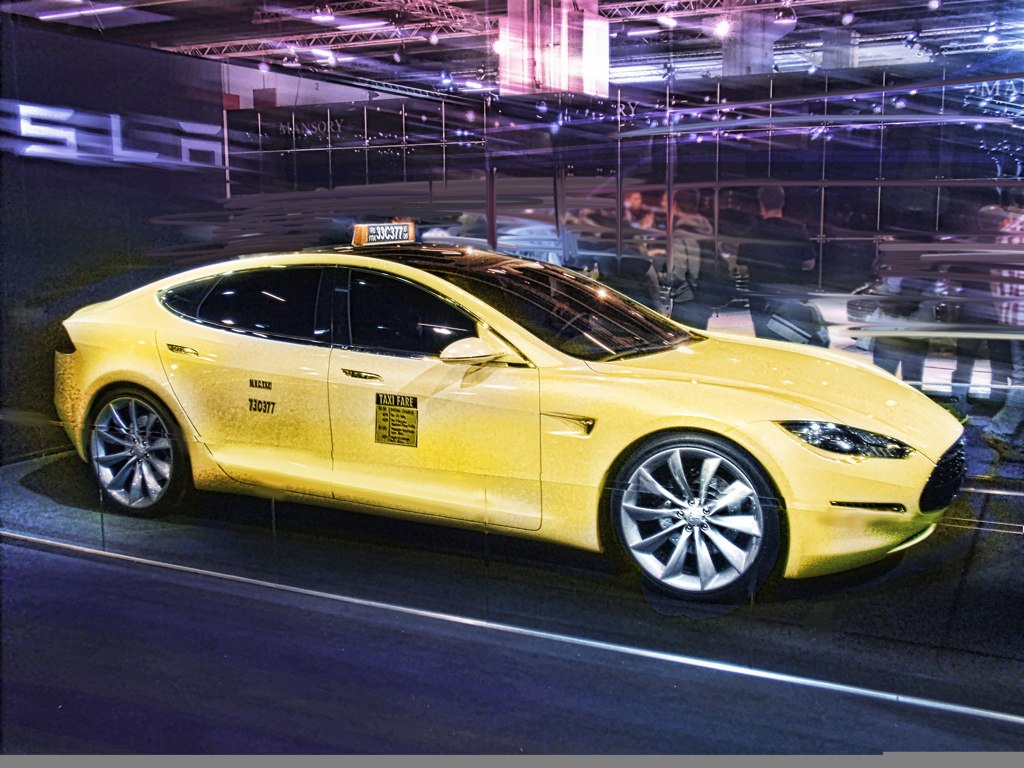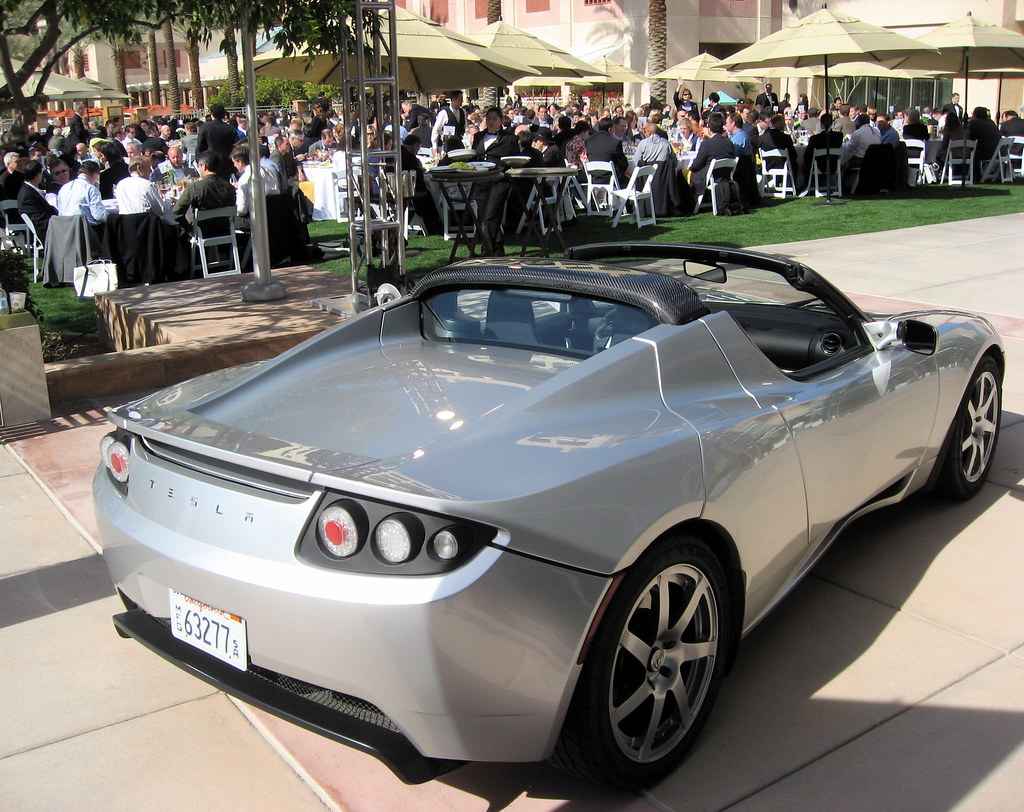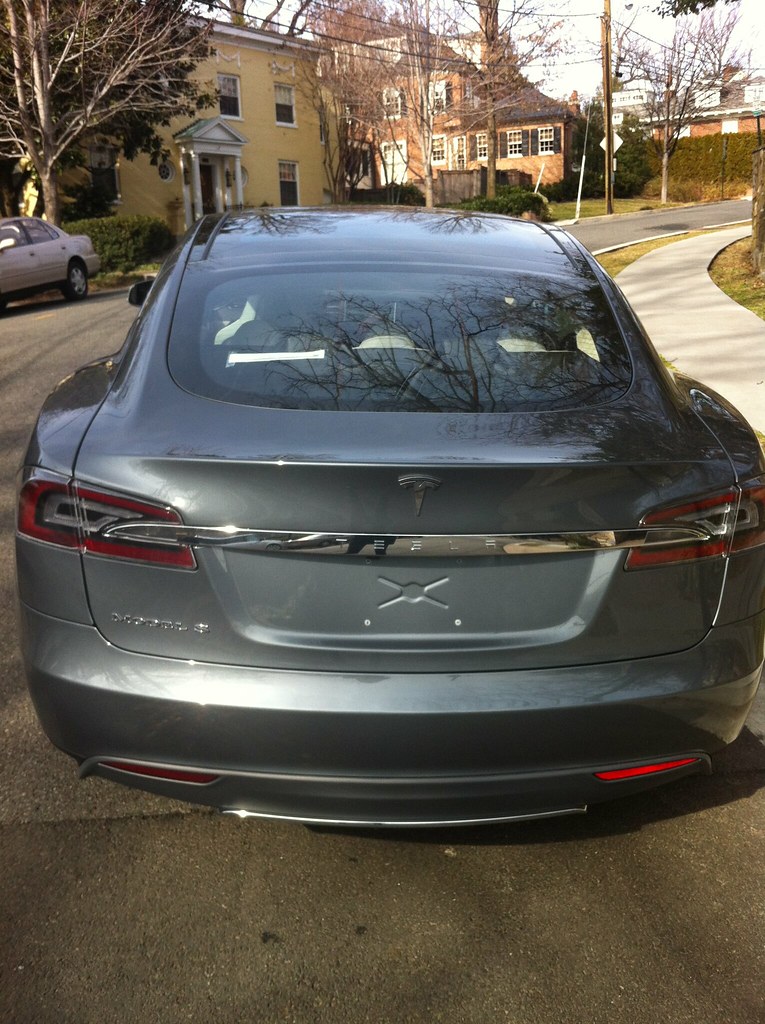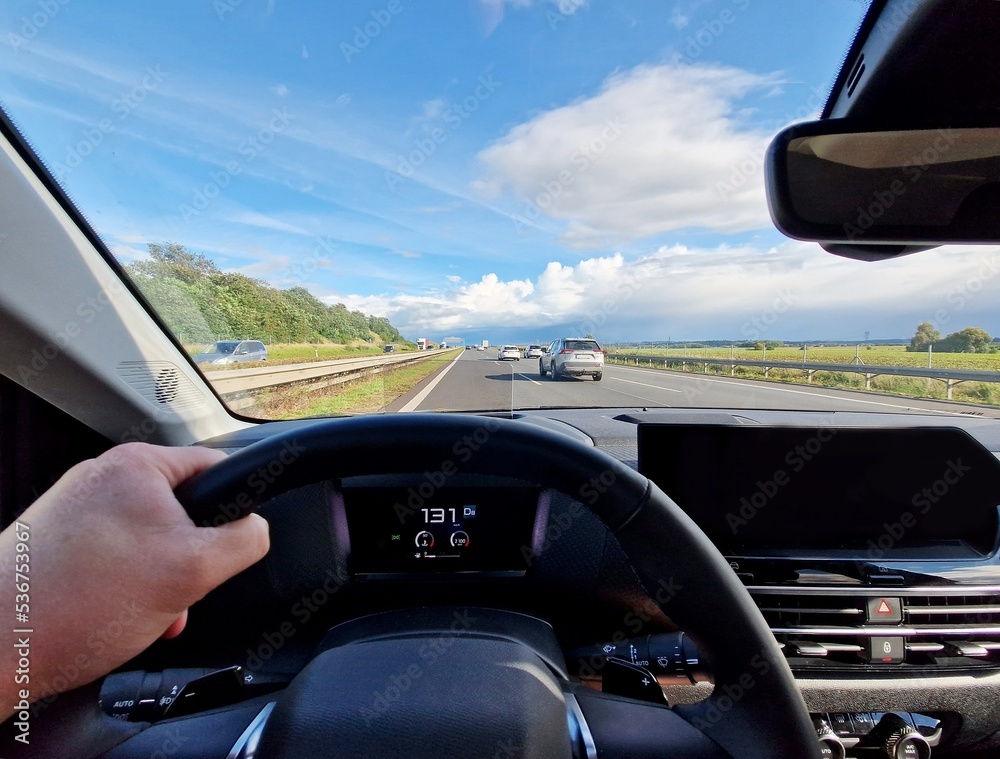
Adaptive Cruise Control (ACC) represents a significant leap forward in vehicle safety and convenience, transforming the driving experience for millions. This smart technology builds on traditional cruise control, not just maintaining a set speed but also automatically adjusting your car’s speed to keep a safe following distance from vehicles ahead. Utilizing an intricate network of radar sensors, cameras, and sophisticated software, ACC alleviates driver fatigue, particularly during long highway stretches and even in stop-and-go traffic, by seamlessly managing acceleration and braking.
However, like any complex electronic system, ACC is not immune to malfunctions. A critical mistake drivers can make is assuming the system is infallible or failing to understand the signs when it’s not working as intended. When ACC falters, it can range from a minor inconvenience to a significant safety hazard, requiring drivers to be acutely aware of its limitations and potential issues. Being informed about common ACC problems, their causes, and initial troubleshooting steps is essential for maintaining both your safety and the longevity of your vehicle’s advanced features.
This comprehensive guide will delve into the most prevalent adaptive cruise control problems you might encounter. We’ll explore the underlying reasons why these issues occur, drawing directly from expert insights and reported experiences. Understanding these common malfunctions is the first step in avoiding critical mistakes in your response, empowering you with the knowledge to react appropriately and ensure a smoother, more reliable driving experience.

1. **System Deactivation**One of the most frequent and startling issues drivers report is the sudden deactivation of their adaptive cruise control system. Imagine cruising comfortably down the highway, relying on ACC to manage your speed, when without explicit input, the system unexpectedly shuts off. This abrupt change forces the driver to immediately take manual control of the vehicle’s speed, which can be disconcerting, especially in busy traffic conditions.
While many modern vehicles display a clear message on the dashboard, such as “ACC Unavailable,” when this occurs, older systems might disengage silently. This silent deactivation can be particularly dangerous if the driver is not paying close attention, as the vehicle will no longer maintain its speed or respond to changes in traffic flow. If a vehicle ahead suddenly brakes, an inattentive driver could find themselves in a perilous situation without the expected assistance from the ACC system.
Multiple factors can lead to an ACC system deactivating. Obstructions like dirt, bugs, snow, or ice covering the radar sensor or camera are common culprits, as these components are critical for detecting vehicles and road conditions. Extreme weather, such as heavy rain, fog, or snow, can also interfere with sensor function, temporarily disabling the system. Similarly, low visibility conditions, direct sunlight, or poorly marked lanes can confuse camera-based systems, leading to deactivation.
Beyond environmental factors, internal issues can also cause deactivation. A blown fuse powering the ACC module or radar sensor can cut the system offline entirely. Electronic components within the ACC system can also overheat during extended use, triggering a protective shutdown. Furthermore, problems with your car’s primary braking system, which is intricately linked with ACC for speed adjustments, can cause the adaptive cruise control to deactivate as a safety measure, signaling a more fundamental issue that needs immediate attention.
Read more about: Are Driver-Assist Systems Really Safe? A Comprehensive Consumer Reports Review and Real Owner Insights on Close Calls

2. **Warning Lights and Messages**Another typical indicator of an ACC malfunction is the appearance of specific warning lights or error messages on your vehicle’s dashboard. These alerts serve as crucial communication tools, providing drivers with early indications that something is amiss with the advanced system. You might see a generic “Check Engine” light, or more specific messages like “ACC Unavailable,” “Cruise Control Disabled,” or “Clean Radar Sensor,” each offering a valuable clue about the underlying problem.
The precise wording of the warning message can often guide your initial understanding of the issue, suggesting whether a sensor simply needs cleaning, the system requires service, or if the deactivation is temporary due to prevailing environmental conditions. For instance, a “Clean Radar Sensor” message clearly points to an obstruction, while “ACC Unavailable” might indicate a broader system fault. If a “Check Engine” light appears in conjunction with ACC issues, an OBD-II scan tool becomes necessary to retrieve specific diagnostic trouble codes (DTCs), which can further pinpoint the exact nature of the malfunction.
While many of these warnings allow you to continue driving safely without ACC functionality, it is a critical mistake to ignore them. These alerts are specifically designed to prompt drivers to address problems proactively, preventing them from escalating into more serious or potentially unsafe conditions. Delaying attention to these warnings could lead to more costly repairs down the line or, worse, compromise your vehicle’s safety features at an unexpected moment.
The causes behind these warning lights are varied. Software glitches within the computer controlling your ACC system can often trigger errors; sometimes, a simple car restart is enough to clear the issue. Physical impacts, even minor fender benders or driving over a large pothole, can knock delicate sensors out of alignment, leading to inaccurate readings and subsequent warnings. Electronic malfunctions, such as failed components in the radar unit, camera, or control module, also commonly trigger these alerts. Additionally, manufacturers occasionally release software updates to fix known issues, and a system might display a warning if an update is needed. Lastly, faulty wiring—broken or damaged—can interrupt the vital signals between components, causing the system to report an error.
Read more about: Shocker Alert: These 10 Once-Lauded Models Transform Into Electrical Nightmares After a Decade

3. **Failure to Detect Vehicles Ahead**Perhaps one of the most dangerous ACC malfunctions is when the system fails to properly detect other vehicles on the road, particularly those directly in front of you. This critical failure means your ACC-equipped car might not slow down when approaching a vehicle ahead, creating an extremely hazardous situation. The very essence of adaptive cruise control is its ability to identify and respond to traffic, making this a deeply concerning problem that demands immediate driver awareness.
Normally, your ACC system would use its sensors to identify vehicles in your path and adjust your speed accordingly, maintaining the set following distance. When this detection mechanism fails, however, the car can continue at its set speed, potentially leading to a collision if the driver is not actively monitoring the road and prepared to intervene. It’s a crucial “mistake” to become overly reliant on the system and not remain vigilant, as manufacturers consistently warn that drivers must always stay alert and ready to take control, regardless of ACC engagement.
Several factors can contribute to this alarming detection failure. A physical blockage of the radar sensor, whether by mud, snow, or even a custom license plate frame, can prevent it from accurately “seeing” the road ahead. Similarly, camera obstructions, such as a dirty windshield or objects mounted on the dashboard like a dash cam, can blind camera-based systems. These simple physical impediments are often overlooked but can have profound effects on system performance.
Beyond physical obstructions, certain vehicle type limitations can challenge ACC systems. Motorcycles, vehicles with unusual profiles, or very small cars may be harder for some systems to detect reliably. Adverse weather conditions, particularly heavy precipitation, can reduce radar effectiveness, while bright sun glare can temporarily blind camera-based systems. Older or more basic ACC systems may also have known blind spots, and significant speed differentials—where very fast-approaching vehicles are involved—might not be detected in time, underscoring the necessity for human oversight in all driving scenarios.
Read more about: Vehicle Emissions Testing: A Comprehensive Consumer Guide to Understanding and Navigating Smog Checks

4. **Inconsistent Speed Maintenance**Another frustrating and potentially unsafe issue with faulty adaptive cruise control is inconsistent speed maintenance. Instead of smoothly adjusting to traffic flow or holding a steady cruising speed, the system might cause your vehicle to speed up and slow down suddenly and erratically, even when traffic conditions are stable. This unpredictable behavior significantly detracts from the smooth, relaxing drive that ACC is designed to provide, transforming it into a jerky and uncomfortable experience.
The repercussions of inconsistent speed maintenance extend beyond mere annoyance. Such erratic operation can lead to increased fuel consumption, as the engine constantly revs up and down. More critically, it can turn your vehicle into a safety hazard for other drivers around you, who may not anticipate your car’s sudden changes in speed. Imagine your car unnecessarily accelerating when there’s plenty of open road, or failing to maintain a consistent pace on flat roads without any other traffic present, forcing you into repeated manual corrections.
Many drivers also report that some ACC systems struggle with varied road grades. For instance, the system might lose too much speed while climbing an incline or gain excessive speed when descending a hill. These shortcomings necessitate frequent driver intervention to maintain proper control and safe speeds, essentially defeating the purpose of an automated system. Recognizing these symptoms is crucial; attributing them to typical road conditions when they are, in fact, system failures, would be a mistake.
A variety of underlying causes can lead to this inconsistent performance. Faulty wheel speed sensors can provide inaccurate readings, directly impacting the ACC’s ability to gauge and maintain speed correctly. Software issues, particularly programming that struggles to handle all driving scenarios smoothly, can also result in erratic behavior. Poor communication between the ACC and the transmission control module can disrupt the seamless power delivery and speed management. Calibration issues, where the system is not properly tuned for your vehicle’s dynamics, also play a role. Furthermore, some less-advanced systems inherently struggle with hills and valleys, and setting too short a following distance can cause overly frequent and abrupt speed adjustments, while worn brake components can affect how smoothly the system slows down, all contributing to a less-than-ideal ACC experience.
Read more about: Diesel Durability Unveiled: 10 Engines That Redefine Longevity — And Those That Don’t

5. **Sudden Braking**One of the most unsettling and potentially hazardous problems some adaptive cruise control systems exhibit is unexpected or aggressive braking when there is no actual obstacle ahead. This phenomenon, commonly referred to as ‘phantom braking,’ can cause a vehicle to suddenly and dramatically decelerate on the highway. Such an abrupt action poses a significant danger, especially to following traffic that may not anticipate such an unprovoked stop, potentially leading to rear-end collisions.
Phantom braking is both startling and confusing for drivers. Imagine a scenario where you are confidently cruising along, relying on your ACC for a smooth journey, and then, without any discernible reason, your car rapidly decelerates. This unforeseen deceleration can momentarily disorient the driver and compel them to quickly assess the situation, often having to manually intervene by accelerating to mitigate the sudden loss of speed and maintain a safe flow with surrounding traffic.
The root causes of phantom braking are varied and often stem from the system mistakenly identifying objects or environmental factors as an actual threat. For instance, the system might falsely detect an object as a vehicle or obstacle, triggering an unnecessary braking response. Overhead structures like bridges, overpasses, and even highway signs have been known to confuse some ACC systems, leading them to misinterpret these stationary elements as obstacles in the vehicle’s direct path.
Further compounding these issues, strong shadows cast on the road can be misinterpreted as solid objects by the sensors. Road curvature can also play a role, as sharp turns might temporarily cause the system to detect oncoming traffic in adjacent lanes, leading to a braking command. Metallic objects such as road debris, guardrails, or metal plates embedded in the road surface can create misleading radar reflections, contributing to false detections. Even a slight sensor misalignment, perhaps from a minor impact, can result in inaccurate readings, while known software bugs in certain vehicle models that haven’t received necessary updates can also be culprits behind this alarming behavior.
Read more about: Unlock Your Car’s Full Potential: Simple Ways to Master Your Manual Handbrake for Safer Driving

6. **Follow Distance Issues**Adaptive cruise control is designed to maintain a consistent following distance from the vehicle ahead, based on the driver’s chosen settings. However, a common malfunction involves the system either following too closely, which can make drivers feel unsafe and anxious, or conversely, maintaining an excessively large distance. The latter can frustrate other drivers and encourage them to cut in front, disrupting traffic flow and potentially creating additional hazards.
Drivers frequently report that their ACC system might display inconsistent distance maintenance. On some occasions, it may perform flawlessly, adhering perfectly to the set following distance. Yet, at other times, the very same system could allow too much space, creating gaps that invite other vehicles to merge, or get uncomfortably close to the vehicle ahead, necessitating manual intervention to correct the spacing. This unpredictability undermines the core convenience and safety benefits of ACC.
Numerous factors can contribute to these follow distance inconsistencies. Calibration problems, where the ACC system is not properly tuned or aligned to your specific vehicle’s dynamics, can lead to inaccurate distance calculations. Radar interference from other sources, such as other vehicles’ radar systems or roadside equipment, can confuse your system’s readings, causing it to misjudge distances. Additionally, issues with brake actuators or other components within the vehicle’s braking system can affect how smoothly and precisely the ACC system manages the following distance.
Other underlying causes include faulty calculations within the control module, which is the brain of the ACC system, leading to incorrect commands. Some systems may also have inherent software limitations, particularly in their ability to handle rapidly changing or highly variable speeds and traffic conditions smoothly. Furthermore, as sensors age and experience wear and tear over time, they can become less precise, potentially degrading the system’s ability to accurately measure and maintain the desired following distance, making regular checks and maintenance even more critical.
Read more about: Navigating EV Battery Warranties: A Comprehensive Guide to Longest Coverage for Peace of Mind

7. **Erratic Speed Control**Distinct from inconsistent speed maintenance, erratic speed control describes a situation where your ACC system makes abrupt or unpredictable speed changes. Instead of smooth adjustments, your vehicle might suddenly accelerate aggressively or brake sharply, even when the surrounding traffic flow remains steady and predictable. This behavior is far from the smooth, confidence-inspiring ride ACC is meant to deliver.
This jerky operation is not just uncomfortable for occupants and potentially embarrassing for the driver, but it also has practical negative implications. Constant, sudden changes in acceleration and deceleration can place undue stress on your vehicle’s drivetrain components, accelerating wear and tear. Furthermore, such unpredictable movements are detrimental to fuel efficiency, as the engine constantly struggles to adapt to these sharp, unnecessary fluctuations, leading to increased fuel consumption over time.
The underlying reasons for erratic speed control are often tied to the intricate electronic and mechanical components that govern the ACC system. Control module issues, specifically faulty processing of the sensor information it receives, can lead to incorrect commands being sent to the vehicle’s engine and braking systems. Problems with the electronic throttle control system can directly affect how smoothly and predictably the vehicle accelerates.
Moreover, malfunctions within how the ACC interfaces with your vehicle’s braking system can cause sharp, uncommanded braking actions. Incorrect or intermittent data from the radar or camera sensors can also provide the control module with unreliable information, leading to improper responses. Software bugs, which are programming errors that cause improper reactions to certain driving situations, are also common culprits. Lastly, the aging of electronic components and loose connections or damaged wiring can cause intermittent signals, all contributing to the system’s erratic and unpredictable behavior.
**Diagnosing Adaptive Cruise Control Issues**
When your adaptive cruise control system begins to act up, identifying the root cause can often save you significant time and money on repairs. Many problems are surprisingly simple to pinpoint before resorting to a professional service appointment, empowering you to address issues proactively.
**Visual Inspection of Sensors**
The first, and often most effective, diagnostic step is a thorough visual inspection of your vehicle’s ACC sensors. These crucial components are the ‘eyes’ of your system, and their clear, unobstructed view is paramount for proper function. Begin by locating these sensors, which are typically situated behind the front grille, within the front bumper, and/or behind the windshield near the rearview mirror.
Once located, meticulously check for any obvious obstructions that might be impairing their operation. Common culprits include accumulated dirt, mud, dead bugs, snow, or ice. If any obstructions are found, gently clean the sensors using a soft, wet cloth. This simple act can often resolve temporary ACC malfunctions caused by environmental factors.
Beyond surface obstructions, it’s important to look for any physical damage to the sensors themselves or their protective housings. Even minor collisions or impacts from road debris can misalign or damage these delicate components. Ensure that aftermarket accessories, such as custom license plate frames or grilles, are not inadvertently blocking the sensors’ field of view. Finally, inspect for any signs of water damage or condensation inside the sensor housings, as this could indicate a seal failure and require further attention.
**Using an OBD-II Scanner**
For issues that aren’t resolved by a visual inspection, modern vehicles are equipped to store diagnostic trouble codes (DTCs) when they detect problems with the ACC system. When such a problem arises, it will frequently trigger a ‘Check Engine’ light on your dashboard, signaling that a more in-depth diagnosis is required. Using an On-Board Diagnostics II (OBD-II) scanner, you can retrieve these codes, which serve as valuable clues to help identify precisely what is wrong.
While basic code readers are widely available and start at around $30, you might find that a more advanced scanner, typically priced $80 or more, is necessary to access the specific, manufacturer-defined ACC-related codes. Many local auto parts stores offer the convenient service of scanning your vehicle for free, providing a quick and easy way to retrieve these crucial diagnostic codes without an initial investment in equipment.
Several common ACC-related codes can offer immediate insights into the problem. For instance, codes such as C0061, C0062, and C0063 (Lateral, Longitudinal, and Vertical Acceleration Sensor Issues, respectively) point to problems with the acceleration sensors. These sensors are often integral to the yaw rate or stability control system and are used by ACC to monitor vehicle dynamics. A malfunction here can disable ACC because the system cannot accurately judge the necessary speed adjustments.
Another significant code is C1A11, which specifically indicates a Radar Sensor Malfunction. This code highlights an issue with the radar sensor, a component critical for most ACC systems to detect the distance and speed of vehicles ahead. Damage, dirt, or misalignment, for example, following a front-end bump, can easily trigger this code. Additionally, a U0100 code, signifying ‘Lost Communication with ECM/PCM,’ suggests that the ACC module is unable to communicate with the Engine Control Module (ECM) or Powertrain Control Module (PCM), which are responsible for throttle and braking inputs, thereby impacting ACC functionality.
**When to Get Professional Help**
While some adaptive cruise control issues can be successfully diagnosed and remedied at home with basic tools and knowledge, others demand specialized equipment and the expertise of trained professionals. It is always prudent to consider seeking professional assistance if certain conditions persist or arise, ensuring both the efficacy of the repair and your ultimate safety on the road.
You should consider professional help if you have diligently cleared all visible obstructions from your sensors but the problems with your ACC system remain. Similarly, if your vehicle continues to display persistent ACC error codes that you are unable to resolve with basic troubleshooting, it’s a clear indicator that a deeper, more complex issue might be at play. If your vehicle has been involved in any accident, even a seemingly minor one, the sensitive sensors may have been knocked out of alignment, necessitating professional recalibration.
Immediate professional intervention is also crucial if the ACC system begins to behave erratically or in a dangerously unpredictable manner, as this directly compromises vehicle safety. If you visually notice any physical damage to critical ACC components, such as the radar unit or camera, a technician can accurately assess the damage and propose the correct repair. Finally, if your vehicle is still covered under its manufacturer’s warranty, a visit to a dealership service center might result in a free repair, making professional help the most cost-effective and advisable option.
**Costs of Repairing Adaptive Cruise Control**
The costs associated with repairing adaptive cruise control systems can fluctuate significantly, primarily influenced by the specific nature of the problem, the make and model of your vehicle, and the service center you choose. Understanding these potential expenses can help you prepare financially and make informed decisions.
**DIY Solutions**
For many common ACC problems, certain solutions can be implemented without professional assistance, offering substantial savings. Cleaning sensors, for instance, typically costs nothing or very little if you use common household cleaning supplies. Replacing a blown fuse, a straightforward task for many drivers, usually costs only $2-$5 for the fuse itself. Investing in an OBD-II scanner, which can cost anywhere from $0 (if you get a free scan at an auto parts store) to $100 for a personal device, allows you to clear codes, potentially resolving software glitches without a mechanic. Even adjusting a slightly misaligned sensor bracket, if it’s an easily accessible component, might be a zero-cost fix. These DIY approaches can potentially save you hundreds of dollars in labor costs.
**Professional Repair Estimates**
However, for issues beyond simple DIY fixes, professional service becomes necessary. You should anticipate a diagnostic fee, typically ranging from $75 to $150, although many shops will waive this fee if you proceed with repairs at their facility. Software updates for the ACC system, which can resolve various bugs and improve performance, generally cost between $75 and $200. If your sensors require recalibration after a minor impact or component replacement, this specialized service usually runs from $50 to $300.
More significant component replacements naturally incur higher costs. Replacing a radar sensor, a core component, can cost anywhere from $200 to $1,200 for the part itself, with an additional $100 to $200 for labor. Similarly, a camera replacement might range from $400 to $1,000 for the part, plus another $100 to $200 for labor. If the control module, the system’s central processing unit, needs replacement, expect costs between $300 and $1,000 for the part, along with $100 to $300 for labor and programming to integrate it with your vehicle. Lastly, wiring repairs, depending on their complexity and the extent of damage, can cost anywhere from $100 to $500.
**Insurance Coverage for ACC Repairs**
If your adaptive cruise control system was damaged as a result of an accident, your auto insurance policy will likely cover the necessary repairs. Collision coverage typically applies if you were deemed at fault for the accident, covering the damage to your own vehicle. Comprehensive coverage, on the other hand, usually steps in to cover damage from non-accident causes, such as vandalism, falling objects, or severe weather events.
Should another driver be found at fault for the incident that damaged your ACC system, their liability insurance would be responsible for covering your repairs. It is important to remember that insurance claims are typically subject to your deductible, which is the amount you pay out-of-pocket before your insurance coverage begins. Additionally, filing a claim, particularly a collision claim where you are at fault, could potentially lead to an increase in your insurance premiums over time.
**Can You Drive With Faulty Adaptive Cruise Control?**
In the vast majority of cases, you can safely continue to drive your vehicle even if its adaptive cruise control system is malfunctioning or entirely unavailable. The vehicle’s fundamental systems—namely the standard throttle, braking, and steering controls—will typically remain fully operational and unaffected by an ACC fault. You will simply need to forgo the convenience of the ACC feature and control your speed manually or, if still functional, use traditional cruise control.
However, there are several crucial exceptions where driving with a faulty ACC system could pose a risk. If your vehicle displays warning messages indicating problems with the primary brake system in conjunction with ACC issues, it is imperative to have your vehicle inspected immediately by a qualified technician. The ACC system is intricately linked with your vehicle’s braking, and any malfunction that compromises overall braking capability is a serious safety concern.
Another dangerous scenario arises if the ACC system activates unexpectedly when you are not intentionally using it. This uncommanded activation could lead to sudden and unpredictable speed changes, potentially creating a hazardous situation on the road. Furthermore, in vehicles where ACC is deeply integrated with other critical safety features, such as automatic emergency braking, a malfunction in the ACC system might compromise the functionality of these other essential safety nets. Therefore, when in any doubt regarding the safety implications of a faulty ACC, prioritize your well-being and have your vehicle thoroughly checked by a qualified technician rather than risking your safety or that of others on the road.
Read more about: Parking Lot Purgatory: 14 Vehicles Owners Deeply Regret After Years of Ownership
Adaptive cruise control systems, while incredibly convenient and enhancing the driving experience, are complex technologies that can sometimes present frustrating challenges related to their sensitive sensors and intricate electronics. The journey through understanding these systems reveals that many problems can be attributed to simple blockages that drivers are capable of clearing themselves. However, persistent or intermittent issues, especially those manifesting on longer drives or involving deep system errors, often necessitate professional diagnosis due to the interconnected nature of the vehicle’s systems and the need for specialized diagnostic tools. By actively understanding the common symptoms and potential causes of ACC malfunctions, drivers are better equipped to troubleshoot problems effectively and know when to seek expert help, ultimately getting their smart cruise control back in optimal working order and ensuring those long drives remain as effortless and safe as intended.



